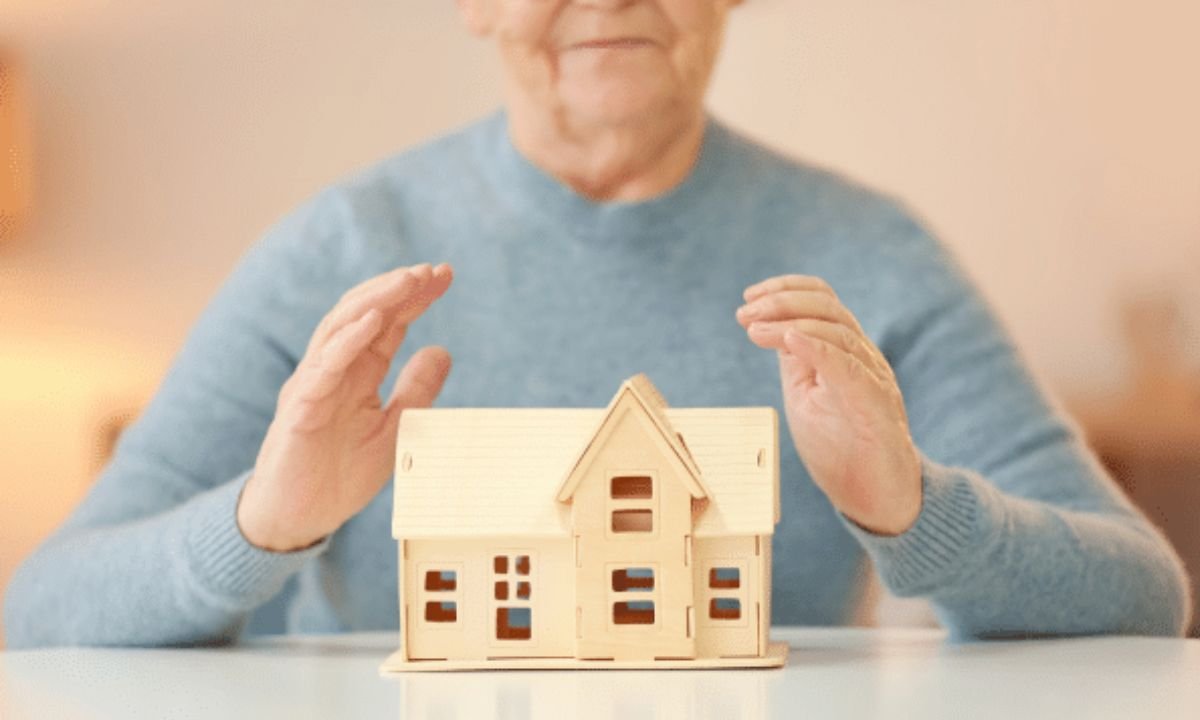Owning an older property comes with a unique charm and a rich history. However, it also brings a set of challenges that require attention, particularly when it comes to safety. Older buildings often come with outdated materials and structures that can pose risks if not properly addressed. Whether you’re a homeowner or a property manager, understanding these risks and conducting essential safety assessments will help you maintain the integrity and safety of your property.
In this comprehensive guide, you’ll learn about the key safety assessments necessary for older buildings. We’ll cover everything from structural evaluations to environmental hazards, providing you with practical tips and insights to keep your property secure. By the end of this article, you’ll have a solid foundation to protect your investment and ensure a safe environment for all its occupants.
Understanding the Need for Safety Assessments
Older buildings have stood the test of time, but this endurance often masks underlying issues. With age comes wear and tear, leading to potential safety hazards that could go unnoticed without a thorough assessment. Conducting regular safety evaluations is crucial to ensuring your property is not only livable but also complies with modern safety standards.
Safety assessments help identify areas that need repair or replacement, such as outdated electrical systems, plumbing, or structural components. More importantly, they can uncover hidden dangers like mold or asbestos, which are common in older properties. By proactively addressing these issues, you can prevent costly repairs in the future and safeguard the well-being of anyone who frequents your building.
Structural Integrity Checks
One of the first steps in assessing an older building’s safety is evaluating its structural integrity. Over time, walls, foundations, and roofs can suffer damage due to environmental factors, pests, or simply old age. A professional inspection will reveal any cracks, sagging, or other signs of deterioration that could compromise the structure.
It’s essential to prioritize repairs to maintain the building’s stability. Addressing structural issues early on not only prevents further damage but also enhances the building’s resilience to natural disasters like earthquakes or storms. Regular inspections and maintenance will help preserve the architectural charm of your property while ensuring it’s safe for years to come.
Electrical System Evaluations
Electrical systems in older buildings may not meet current safety standards, posing a risk of fire or electric shock. It’s crucial to have a licensed electrician assess the wiring, outlets, and circuit breakers to identify any outdated or faulty components.
Consider upgrading the electrical system to support modern appliances and meet increasing energy demands. Doing so will not only enhance safety but also improve energy efficiency, potentially lowering your utility bills. Regular checks and maintenance will ensure that your electrical system remains in peak condition, safeguarding your property from electrical hazards.
Plumbing System Inspections
Older plumbing systems can be prone to leaks, corrosion, and inefficiency. A thorough inspection will help detect any issues, from clogged pipes to outdated fixtures, that could lead to water damage or health hazards.
Replacing old pipes with modern materials can prevent leaks and reduce the risk of contamination. Additionally, updating fixtures and appliances can save water and improve your property’s overall efficiency. Regular maintenance will keep your plumbing system running smoothly, protecting your investment and ensuring a healthy environment for all occupants.
Environmental Hazard Assessments
Older buildings may contain hazardous materials like lead paint or asbestos, which can pose serious health risks if disturbed. It’s vital to have an environmental assessment conducted to identify these hazards and determine the necessary steps for remediation.
Asbestos testing in Salt Lake City, for example, is crucial for older properties. Professional testing and removal services ensure that any hazardous materials are safely managed, reducing the risk of exposure to occupants. By addressing environmental hazards, you create a healthier living environment and comply with local regulations.
Fire Safety Evaluations
Fire safety is a top priority for any property owner. Older buildings may lack modern fire safety features, such as smoke detectors, fire alarms, and sprinklers, making them more susceptible to fire-related incidents. A fire safety evaluation will help identify areas for improvement and ensure that your property complies with current fire safety standards.
Installing and maintaining fire safety equipment, as well as creating a clear evacuation plan, are essential steps in protecting your property and its occupants. Regular fire safety assessments and drills can help prevent fires and reduce the impact of any potential incidents.
Energy Efficiency Improvements
Improving your property’s energy efficiency not only benefits the environment but also reduces operating costs. Older buildings can be energy hogs, with outdated insulation, windows, and heating systems contributing to higher energy consumption. An energy efficiency assessment will help identify areas for improvement and recommend cost-effective solutions.
Upgrading insulation, windows, and HVAC systems can significantly reduce energy use and improve indoor comfort. Implementing energy-efficient lighting and appliances will further enhance your property’s sustainability, making it more attractive to potential tenants or buyers.
Accessibility Enhancements
Ensuring accessibility is a crucial aspect of property safety. Older buildings may not be designed with modern accessibility standards in mind, making it challenging for individuals with disabilities to navigate the space. An accessibility assessment will help identify areas that need improvement, such as installing ramps, widening doorways, or adding elevators.
Enhancing accessibility not only meets legal requirements but also creates a more inclusive environment for all occupants. By prioritizing accessibility improvements, you can attract a wider range of tenants or visitors and foster a sense of community within your property.
HVAC System Assessments
Heating, ventilation, and air conditioning (HVAC) systems in older buildings may be inefficient or prone to breakdowns. Regular inspections and maintenance can help identify issues, such as faulty components or poor air quality, that could affect the comfort and safety of occupants.
Upgrading your HVAC system can improve indoor air quality and energy efficiency, making your property more comfortable and cost-effective to operate. Regular maintenance will ensure that your HVAC system continues to perform optimally, providing a safe and pleasant environment for all who live or work in the building.
Pest Control Evaluations
Pests can cause significant damage to older buildings, compromising structural integrity and posing health risks to occupants. Regular pest control assessments will help identify infestations and determine the appropriate measures for eradication.
Implementing preventative measures, such as sealing entry points and maintaining cleanliness, can help keep pests at bay. By addressing pest issues promptly, you can protect your property’s value and ensure a safe, healthy environment for everyone.
Conclusion
Protecting your investment by conducting essential safety assessments for older buildings is vital for property owners and managers. By addressing structural issues, updating systems, and mitigating environmental hazards, you can create a safe and comfortable environment for all occupants. Regular maintenance and inspections are key to preserving the charm and functionality of your property while ensuring it complies with modern safety standards.
For those seeking further guidance, consider partnering with professionals who specialize in older building assessments and renovations. Their expertise can help you make informed decisions and prioritize improvements that maximize your property’s value and safety.











